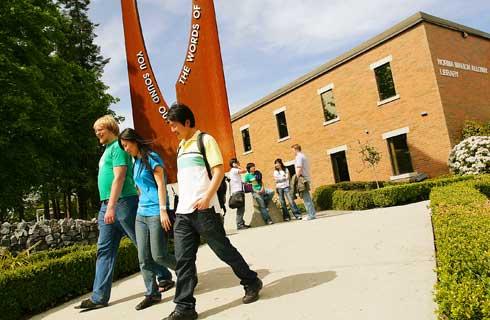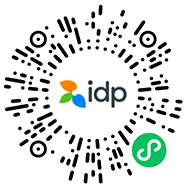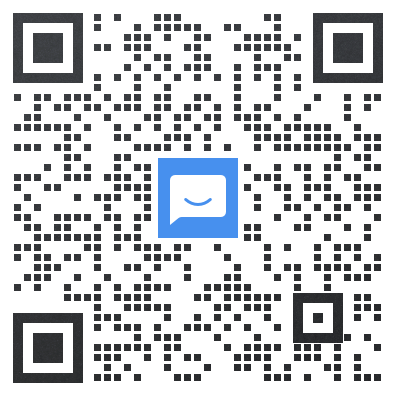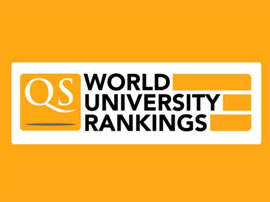经济学(荣誉)文学士学位
Bachelor of Arts in Economics (Honours)

学历文凭
Bachelor Degree with Honours

专业院系
Economics

开学时间

课程时长

课程学费

国际学生入学条件
Academically rigorous grade 12 year
Minimum B- average (higher for some programs)
Ontario Secondary School Diploma (OSSD)
Minimum six Grade 12 4U or 4M-level credits, including program specific prerequisites
A minimum admission average of 70% (many programs require a higher average)
IELTS - Academic (overall 6.5, no band below 6.0)
TOEFL - overall 88, no band below 21
Duolingo - minimum score of 110
CAEL - overall 70, no band below 60
PTE - 58
IELP - Level 5 Successful completion of Level 5 of the Brock Intensive English Language program
CAE (A1 Advanced) -176 minimum score
CPE (C2 Proficiency) -176 minimum score
IB - Completion of the International Baccalaureate diploma with English A
IDP—雅思考试联合主办方

雅思考试总分
6.5
了解更多
雅思考试指南
- 雅思总分:6.5
- 托福网考总分:88
- 托福笔试总分:160
- 其他语言考试:PTE - 58
CRICOS代码:
申请截止日期: 请与IDP顾问联系以获取详细信息。
课程简介
Economics is divided into two parts: Microeconomics and Macroeconomics. Microeconomics focuses on the operation of the market system under alternative scenarios about competition. It studies the economic decisions of individuals, households and firms and shows how those decisions interact to produce market outcomes. Microeconomics then examines the efficiency of the market outcomes and the extent to which they benefit society. Macroeconomics examines the functioning of the broader economy and some of its key sectors. Its main focus is on economic performance as measured by employment, unemployment, and the gap between aggregate economic activity and its potential. Through this analysis, macroeconomics identifies factors that help an economy achieve sustained increases in its standard of living. Macroeconomics also pays special attention to monetary phenomena, inflation, interest rates, and the exchange rate.<br><br>The analytical tools developed in micro and macro economics are applied to many different subject areas within economics such as industrial organization, labour economics, international trade, economic development, taxation, and government expenditure. Other fields, such as money and banking and international payments, apply economic tools to the study of financial markets. The analyses yield insights and predictions that are used to develop public policy on a wide range of issues.
相关申请
 预科
预科 奖学金
奖学金 实习机会
实习机会 在校学习
在校学习 跨境学习
跨境学习 校园授课-线上开始
校园授课-线上开始 在线/远程学习
在线/远程学习
关于布鲁克大学

布鲁克大学位于加拿大生机勃勃的圣凯瑟琳斯市,是一所有着近60年教育历史、高瞻远瞩的公立研究型院校,为学生提供丰富的学术知识和大学生活。布鲁克大学开设有本科和研究生课程以及各种受到评鉴机构认可的职业培训课程。全校大约有1.9万名学生,其中约1.7万名是本科生。该校拥有加拿大第五大合作教育计划,还提供精彩的项目和实践学习机会。布鲁克大学拥有一个由大约2500名学生组成的充满活力的国际学生群体,他们代表世界各地的不同民族和文化,将各种观点和生活方式带到校园中来。布鲁克大学位于令人叹为观止的尼亚加拉地区,距离自然奇观尼亚加拉大瀑布只有几分钟路程,是加拿大仅有的几所位于联合国教科文组织生物圈保护区中的大学之一。该地区有许多值得探索的美丽的自然景观,一年四季都有精彩刺激的户外活动。布鲁克大学提供一系列出色的学生服务,注重学生身心健康,给予学生大量学习方面的支持和帮助。该校的心理健康服务连续三年在加拿大名列榜首,学生满意度也一直位居加拿大前三名。该校为学生提供大量经济资助选择,其中包括奖学金、助学金和政府资助计划。
本校相关课程
其他相关课程

生物技术/经济学(荣誉)理学学士学位[合作社]
 滑铁卢大学
滑铁卢大学学历文凭
Bachelor Degree with Honours
开学日期
课程费用总额


经济学文学士[一般]
 滑铁卢大学
滑铁卢大学学历文凭
Bachelor Degree
开学日期
课程费用总额


经济学(荣誉)学士学位
 圣弗朗西斯泽维尔大学
圣弗朗西斯泽维尔大学学历文凭
Bachelor Degree with Honours
开学日期
课程费用总额


经济学文学士
 圣弗朗西斯泽维尔大学
圣弗朗西斯泽维尔大学学历文凭
Bachelor Degree
开学日期
课程费用总额


经济学文学士学位(3年)
 劳伦森大学
劳伦森大学学历文凭
Bachelor Degree
开学日期
课程费用总额


经济学哲学博士
 达尔豪斯大学
达尔豪斯大学学历文凭
Ph.D.
开学日期
课程费用总额
































